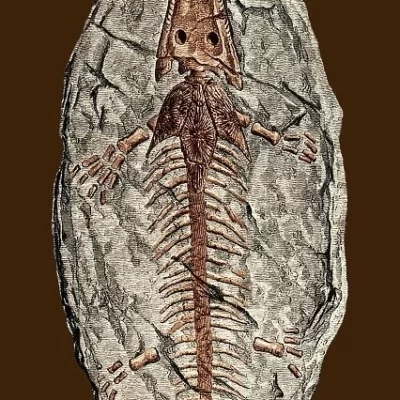The Megalodon, a prehistoric shark that terrorized the world’s oceans around 10 million years ago, has long been a subject of fascination for scientists and the public alike. With teeth measuring up to 15 centimeters in length, the Megalodon was a formidable predator that likely preyed on everything from fish to whales. While previous estimates put the shark’s length at around 18 meters, a new study from the University of Florida suggests that the Megalodon may have been even larger, possibly reaching up to 20 meters in length.
Using a new method that takes into account the size, width, thickness, and position of the shark’s teeth, the researchers were able to estimate the Megalodon’s size more accurately than previous methods. However, because only a few fossils of the prehistoric shark have been found, it is difficult to say for certain whether the Megalodon actually reached 20 meters in length or even exceeded that size. The study’s authors caution that their findings are not definitive and that more research is needed to fully understand the Megalodon’s size and behavior.
Despite the lack of concrete evidence, the Megalodon continues to capture the public’s imagination, with sightings of the giant shark reported from time to time. While these sightings are likely cases of mistaken identity, they serve as a reminder that the oceans remain largely unexplored and that there may be many more mysteries lurking in the depths. As scientists continue to study the Megalodon and other prehistoric creatures, we may yet uncover new insights into the history of life on Earth and the evolution of the planet’s most fearsome predators.










